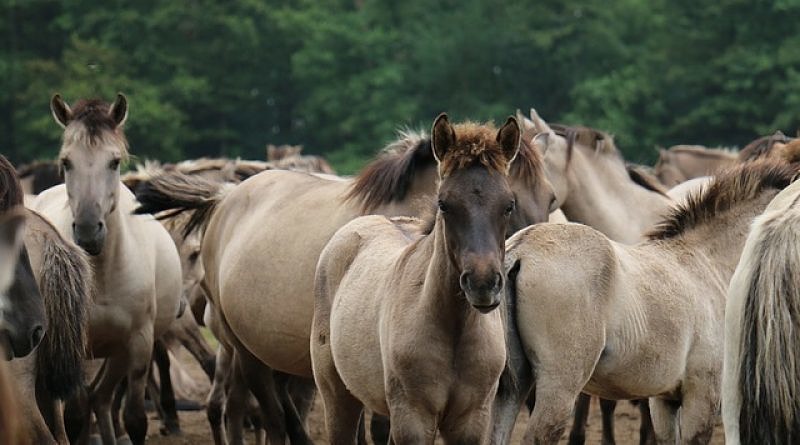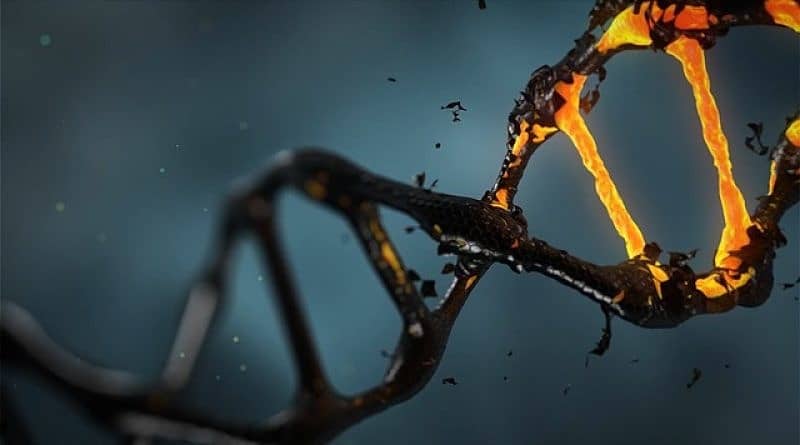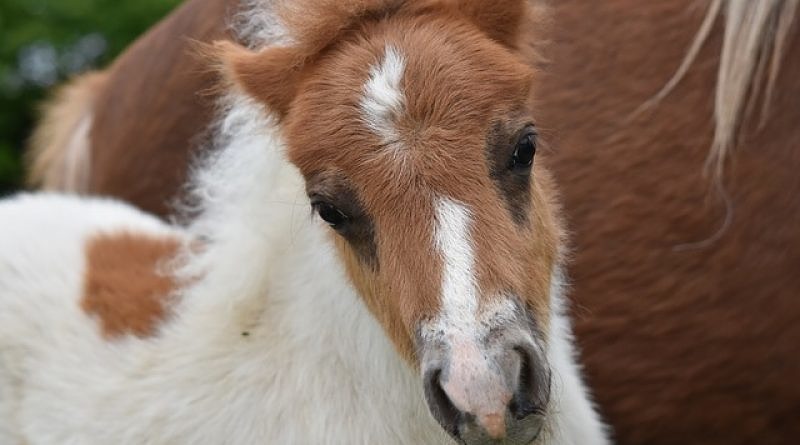Introduction to Genetics 2: Writing down genetic recipes
If genes are like recipes what language are they written in? How does DNA encode information and what exactly is a gene?
Previously in this series: Introduction to Genetics 1: Genes are like recipes for blueberry muffins
If genetics is about recipes, how are these recipes written down? Organisms don’t actually have little books inside them, but they have something similar – DNA. DNA is the twisty shaped molecule with its famous double helix shape. It is effectively a long, twisted, ladder, and at both ends of each rung a special molecule is attached, which is called a base.
There are four possible bases: cytosine (C), guanine (G), adenine (A) and thymine (T). These bases are the alphabet of genetic recipes – instructions are written as a sequence of C, G, A, and T along the side of the DNA ladder. So if you want to read a DNA ‘book’ you simply look along one side of the ladder, and read off each molecule as a letter. So you might have a molecule that looks like this:
C – G
A – T
T – A
T – A
A – T
G – C
If we look down the left side of the ladder we can read off “CATTAG”. But how about the other side? This is where one of the special properties of DNA comes into play. Each base can only pair with one other base across the ladder: A pairs with T, and C pairs with G. So each side of the ladder is effectively the same information. If we read the right hand side of the ladder we get “GTAATC”. Look at the pairing rule, and you can see that it is very easy to translate – replace G with C, T with A, A with T, etc. Because of the way DNA is interpreted (read) in living organisms, it doesn’t actually matter which side you read.
So far so good – we have a recipe written down in DNA, and it is written down in the alphabet of the four bases. So a DNA recipe can be represented as something like ‘CTATTGGAAGGCTGCCACTCTCCC’. And finally, we can start talking about genes!
A gene is simply a section of DNA that encodes instructions for making specific proteins. Only a small amount of the DNA in cells actually does this. Some of the rest of it plays a part in regulating the gene parts of the DNA, but we don’t actually know what most of the DNA does – it might be that it doesn’t do anything! You can think of DNA as being a bit like the following paragraph.
This paragraph contains two recipes (genes) – one for making chocolate chip cookies, and one for making glasses of milk (some genes are simpler than others). There is also a section of gene regulation, which modifies the genes in certain environments. When we talk about genes, we mean specifically those sections of DNA that carry the instructions for making proteins.
Summary
Recipes are written down in a human language (eg English) in books.
Genes are written down in bases in DNA molecules.
Unlike in books, a lot of the stuff written down in DNA molecules is irrelevant or unused – only some sections of the DNA actually contains meaningful recipes (genes).
In the first section we said a genotype was like a recipe for an organism. But really it is more like a whole collection of recipes – each gene is a little recipe, and if you follow all the recipes in the right way you will end up with a pony!
Next in this series: Introduction to Genetics 3: Reading DNA recipes







